Rules to Better Windows Forms - 3 Rules
Did you know that Windows Forms was recently updated with the release of .NET 8? See the changes on Microsoft Learn!
If windows form does not setup a minimum size, your users could have unpredictable form behaviour as seen below:
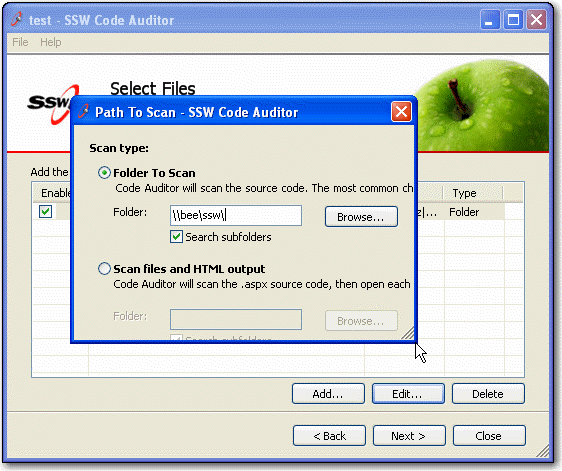
Figure: Bad example - Unexpected window form Therefore, a standard has been built to ensure Windows forms have a minimum size.
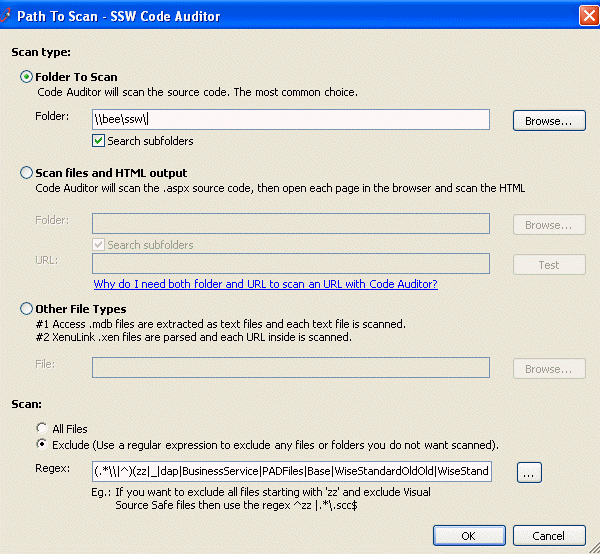
Figure: Good Example - User friendly window form You should always write each parameter of MessageBox in a separate line. So it will be more clear to read in the code. Format your message text in code as you want to see on the screen.
Private Sub ShowMyMessage() MessageBox.Show("Are you sure you want to delete the team project """ + strProjectName + """?" + Environment.NewLine + Environment.NewLine + "Warning: Deleting a team project cannot be undone.", strProductName + " " + strVersion(), MessageBoxButtons.YesNo, MessageBoxIcon.Warning, MessageBoxDefaultButton.Button2)Figure: Bad example of MessageBox code format
Private Sub ShowMyMessage() MessageBox.Show( _ "Are you sure you want to delete the team project """ + strProjectName + """?" _ + Environment.NewLine _ + Environment.NewLine _ + "Warning: Deleting a team project cannot be undone.", _ strProductName + " " + strVersion(), _ MessageBoxButtons.YesNo, _ MessageBoxIcon.Warning, _ MessageBoxDefaultButton.Button2) End SubFigure: Good example of MessageBox code format
Border protection helps us design Windows Forms properly without placing controls too near to the border. Maintain a consistent alignment makes the Windows Forms look better, especially on designing wizard forms where all forms have the same size.
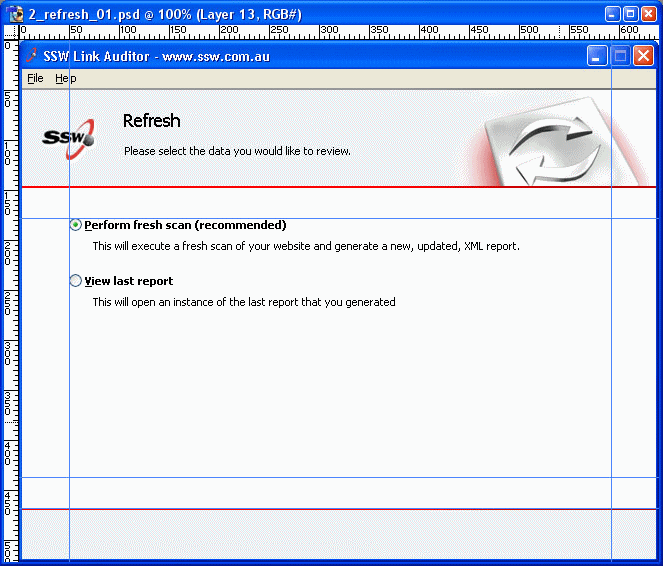
Figure: Good example - Good border protection on a form at run time. The only problem is you would have to imagine these blue lines to get consistency Border protection in action:
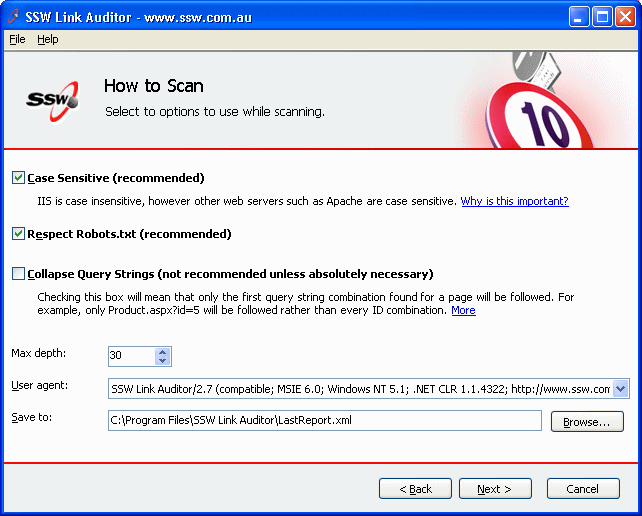
Figure: Bad example - Controls placed very near to the border and not aligned correctly 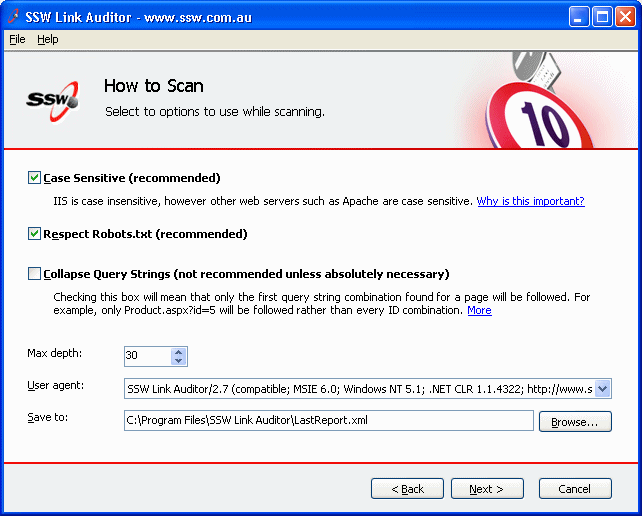
Figure: Good example - All controls are in the border protection area and aligned correctly 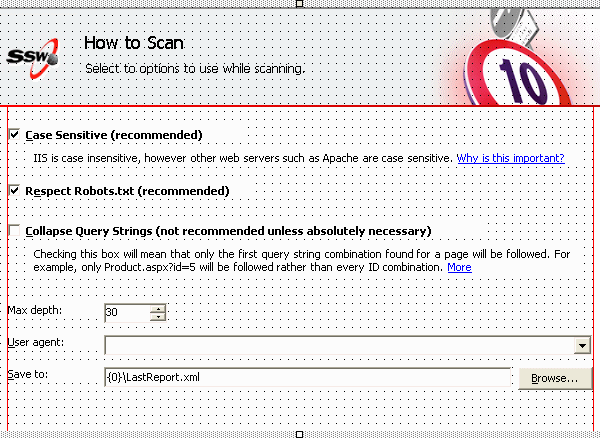
Figure: Design mode The way to implement border protection (the 2 vertical red lines) is implement it in the base form or base user control, and all other forms and user controls inherit the base class to get consistent border protection lines.
private void BaseForm_Paint(object sender, PaintEventArgs e) { // Draw border protection lines if (this.DesignMode) { Pen pen = new Pen(Color.Red); e.Graphics.DrawLine(pen, 23, 0, 23, this.Height); e.Graphics.DrawLine(pen, this.Width - 23, 0, this.Width - 23, this.Height); } }Q&A
Why don't we put a panel on the form and set the form DockPadding property which does a similar thing?
- Adding more panels docking to a form reduces the performance significantly because of the extra SuspendLayout and ResumeLayout calls.
- In certain cases we might really want a control to stick at the border, if we use DockPadding Property, we can't make any exceptions. And still, these red lines actually just act like a ruler to help us easily see whether the controls are aligned nicely.